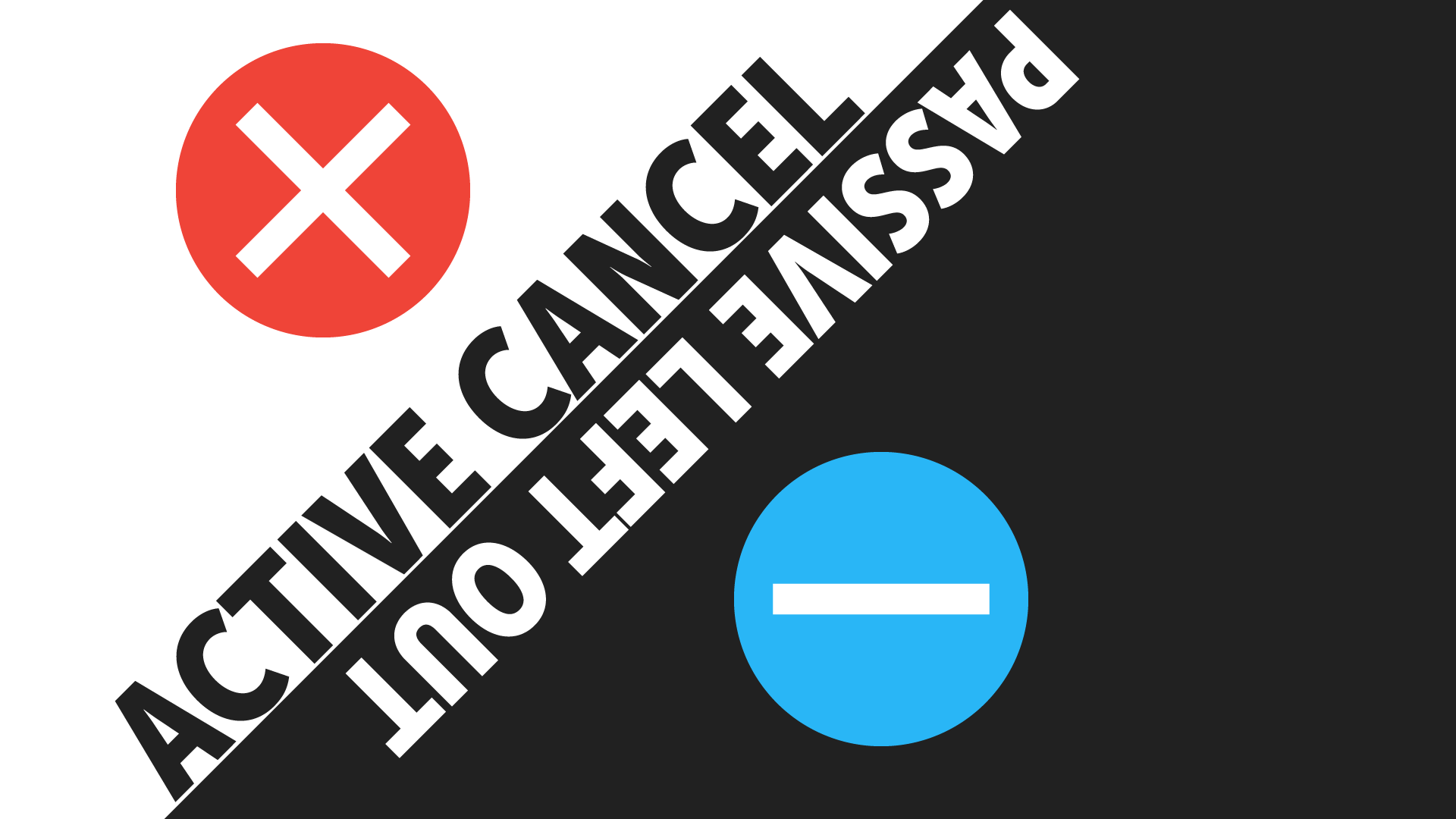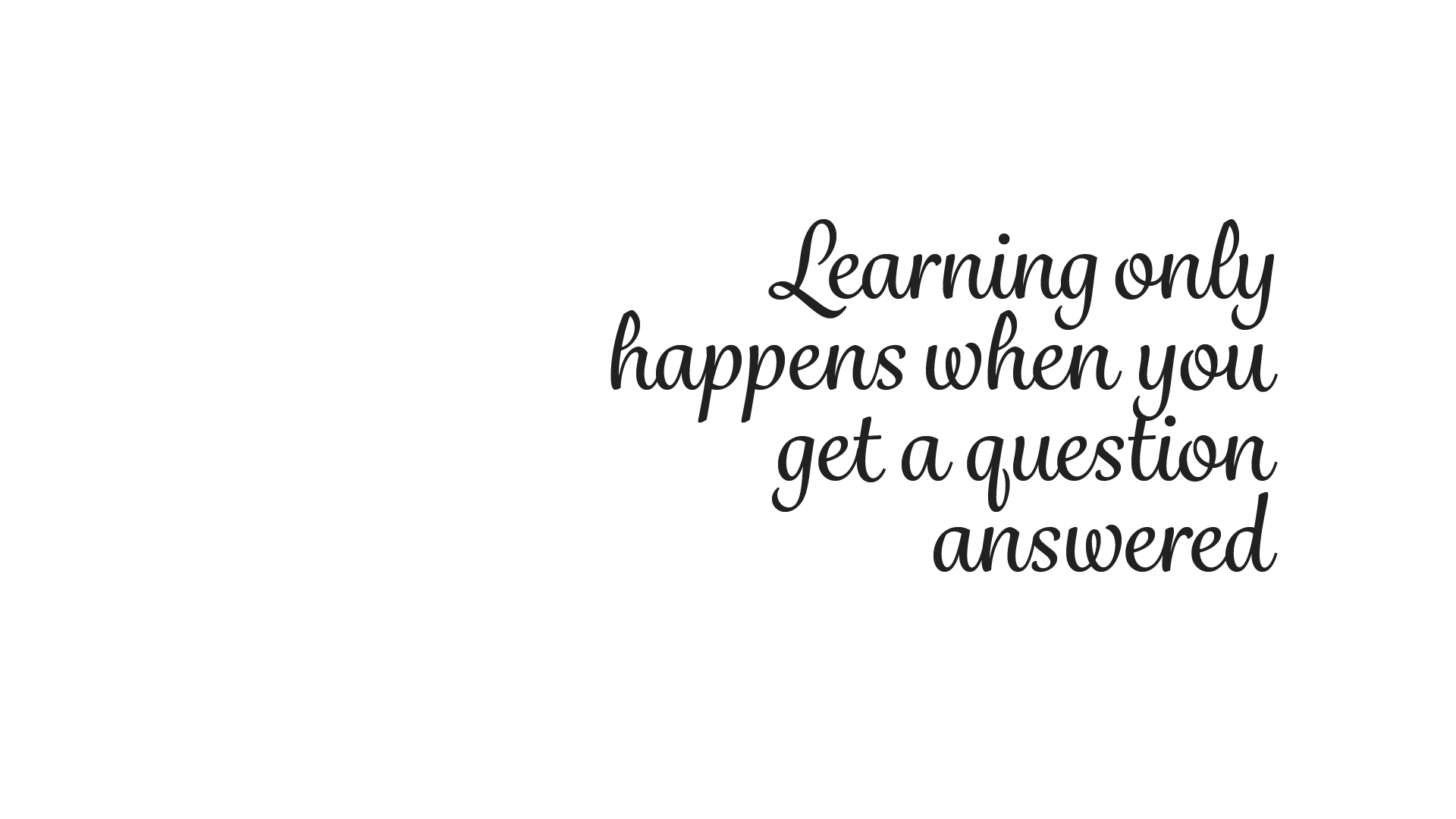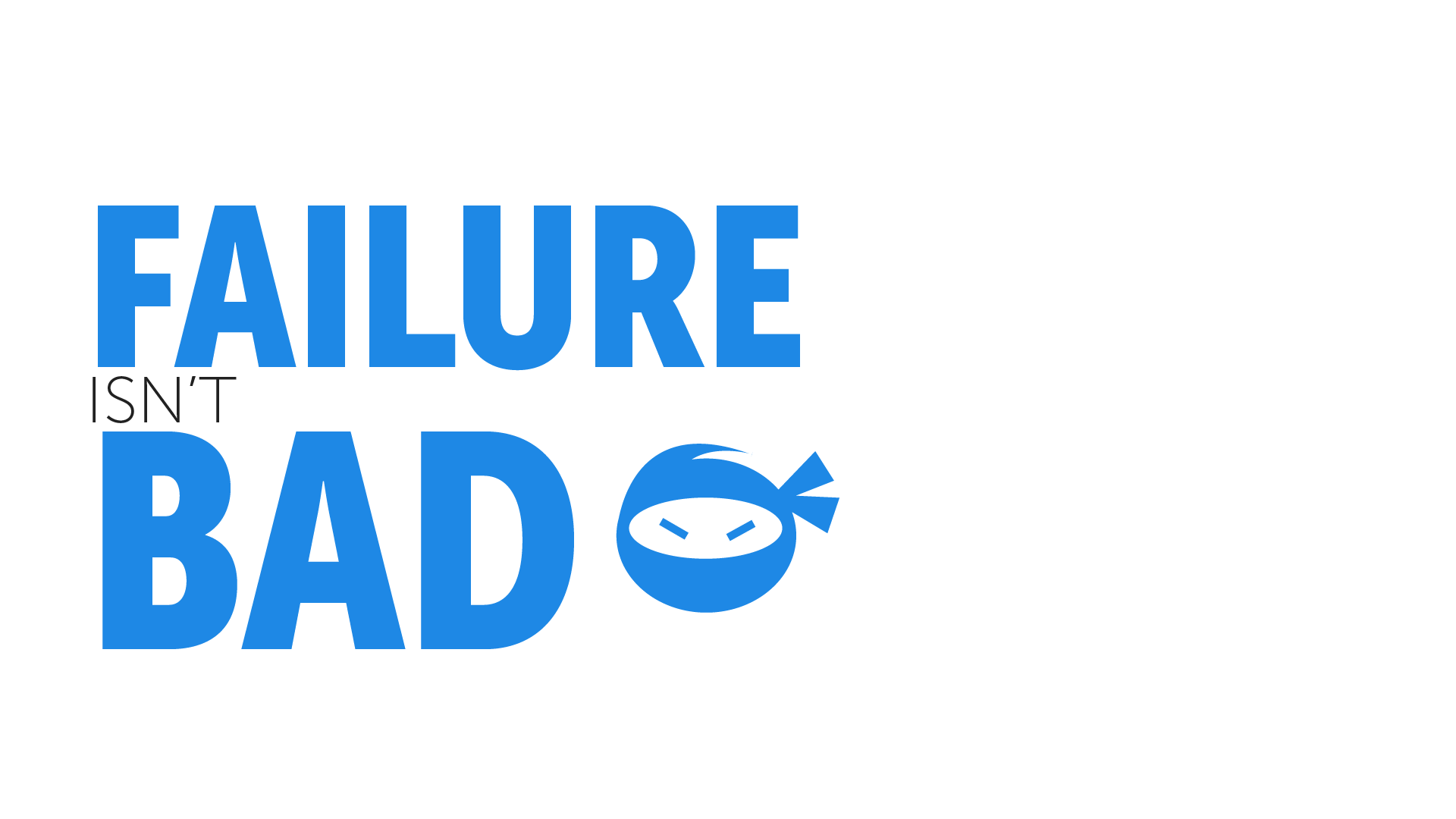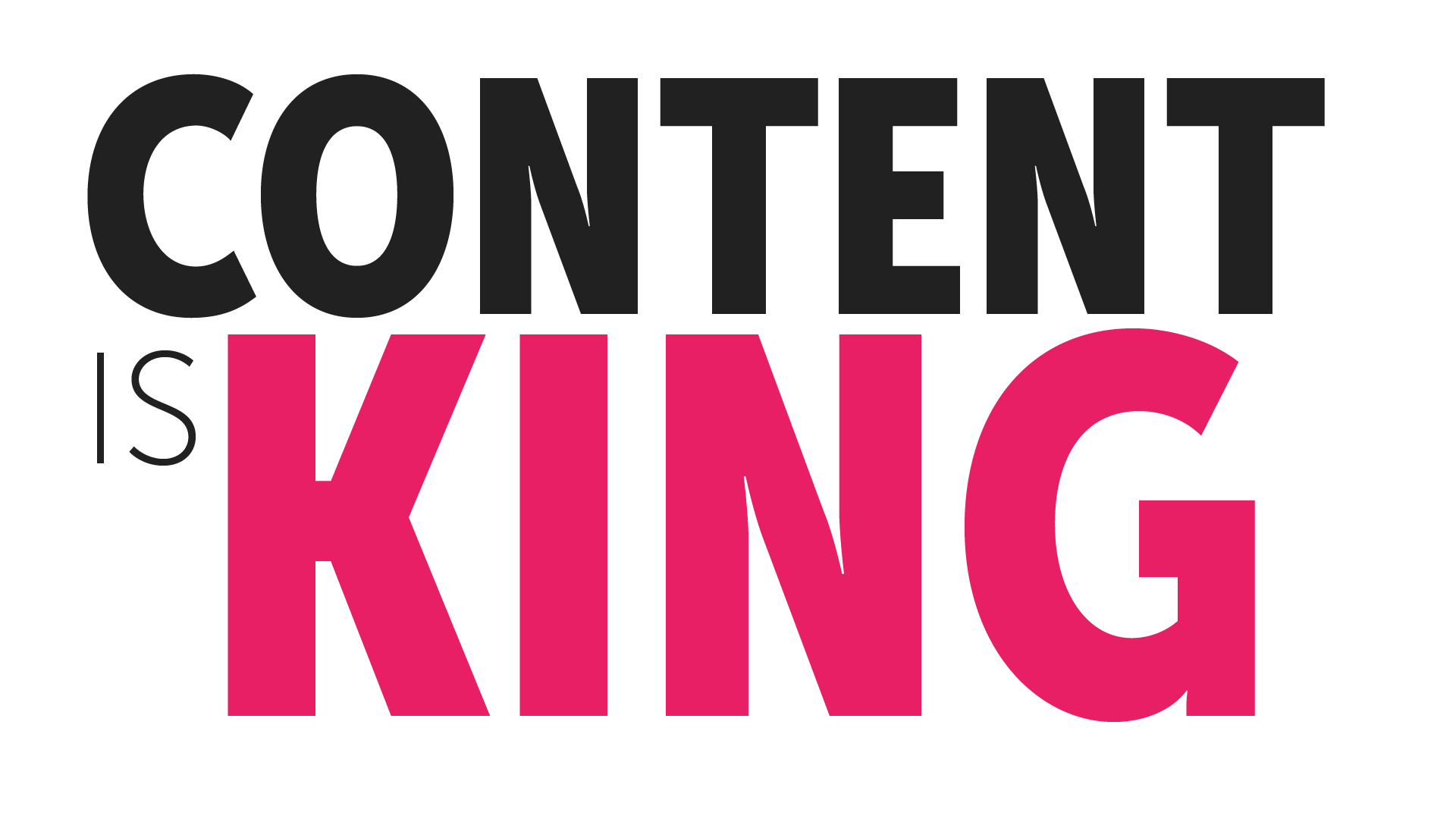How not to gamify a classroom
First 10 tips on what NOT to do. It’s a long journey, you might need some help.Before anything, here are all the slides. I’ll try to explain one by one as a lot of people have told me they need the video and/or context to understand them =P
If you want to see the video, please click here
Slide 19
Before you move forward: Make sure you understand what RAMP is. That is your compass and it will be the best guide for any decision you make in the future. That is what Slide 19 refers to.
Slide 20
Active cancels are when you are choosing a game-mechanic that ACTIVELY cancels one of the four RAMP elements. You choose to negate autonomy in the classroom, for example.
Passive omissions (left outs) are when you aren’t using them all and forget to include one of the elements. Really easy to forget about RELATEDNESS in the classroom since it’s all designed to negate it.
Slide 21
Rewarding with grades is the first mistake I made. A grade is NOT one thing players should care for. They should be in the class for the learning.
Every class is different, every player is different, so we should reward them differently.
Slide 22
One of the best things you’ll ever do. You need to become an NPC (non-player character) for the players. You are recognized as one who know the way but don’t have the answers to the questions players MUST be asking themselves.
Ever heard of “No one likes a know-it-all”. It applies perfectly to a traditional class and teacher. You are the lore keeper.
Slide 24
Content must be out there for players to find it. Don’t expect them to be active if you are keeping it all for yourself. Lose control already. Thinking that as a teacher you can control the rhythm of players’ learning is how you kill creativity. Let them BE curious. You can always add more content to anything and THAT should be a happy problem.
Slide 25
Players stay together! This concept goes both ways. For those who are willing to do EVERY quest and for those who won’t do any.
If you balance your system correctly, you’ll make sure RELATEDNESS becomes the glue that put players in the same ship. Some may be at the front of it and some in the back but, still, on the same journey and all working together.
Slide 26
Reward players the right way. SAPS comes in handy. Ask @Gabe Zichermann about it or read it here.
Rewarding with grades, is the worst, however, having players that only care for the rewards is the absolute worst. They should be in your class for the learning, the growth. Rewards WILL be there but, they MUST be extra. Make the class experience so rewarding they forget about those candies in the end. Grades will turn out perfect, I guarantee that.
Slide 27
For those who would like to use a Virtual Currency, you need to know this:
Make your players WASTE money. Teach them the value of their effort the hard way. Offer really stupid rewards after a couple of valuable expenses have been bought. Then, right when they feel that earning money is easy, make it harder to get. Not too much, just enough so they learn the lesson.
Slide 28
Defeat your fears by facing them. Make your players fail so much they won’t think it’s a bad thing anymore. The fear of failure is the reason there are so few entrepreneurs out there.
Let them try a challenge that is a bit too high for their current level without worry. They must learn on every attempt WHY they weren’t able to overcome it and THAT is the idea.
Slide 29
Failure isn’t a bad thing. It’s the best teacher.
It’s not that we aim too high and fail but the opposite. We aim to low and succeed – Michelangelo
Slide 30
This is the reason the #education system is broken. One of our most powerful tools in #gamification is #narrative. An easy way to hold this together is with a theme. That way you’ll connect all content together. Remember this can be the best reward of the class, ironically, even content is the most boring part, it is the most important.
Slide 31
The content is KING.
Design, colors, production level, magic powder. All means nothing if the content isn’t relevant to your players.
Slide 32
My favorite technique.
Treat your players as professionals. They will behave professionally.
Treat them like Pros. Level 1 Pros.
Slide 33
The most important slide on my keynote. This is the reason we are gamifying a class. In life, we can grow all the way to infinity. Why will a school, the industry of “releasing student potential” would limit the players?
Allow ALWAYS place to grow. Make players pull each other to greater heights. Remember the principles of the collective journey.
No one wakes up wanting to learn LESS than the day before. No one wants to feel stupid. Everyone wants to become better. The difference is HOW much better you want to be today than that you of yesterday.

Bernardo Letayf
M.B.O. (Mind Behind the Operation)
6th position in the Gamification Gurus Power 100!
Gamification Keynote Speaker & the mind behind the operation @bluerabbit, a gamification platform for education.
Developed three frameworks to teach/learn how to create gamification systems and build gamified content
Declared a world wide war on grades.















